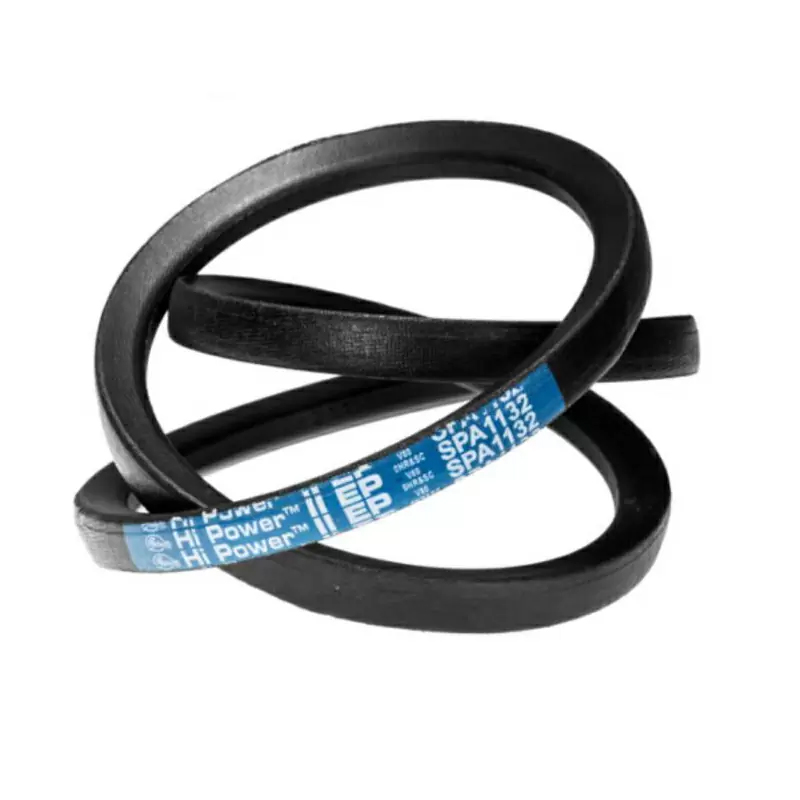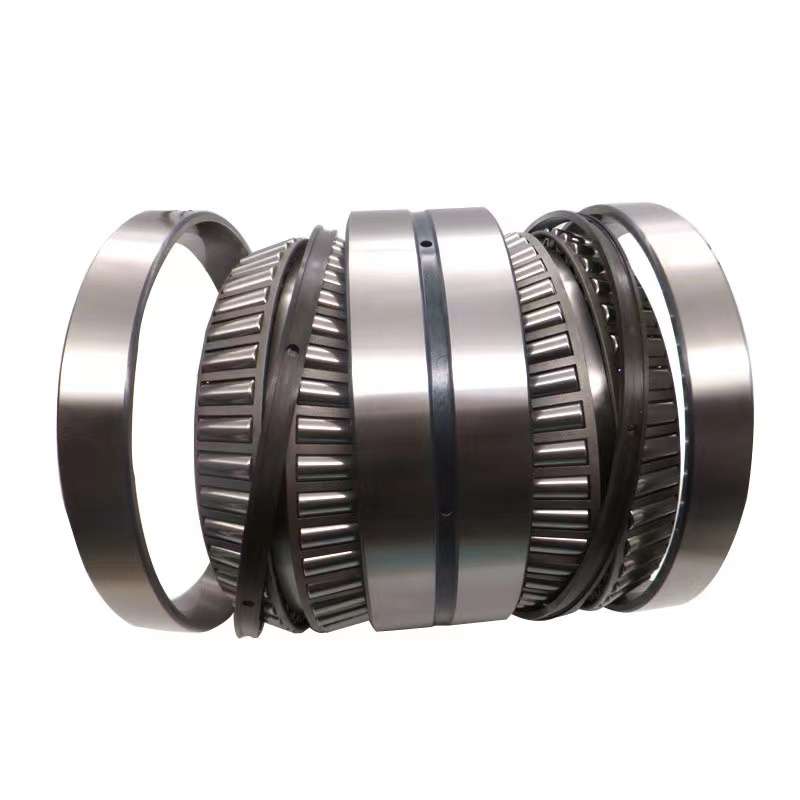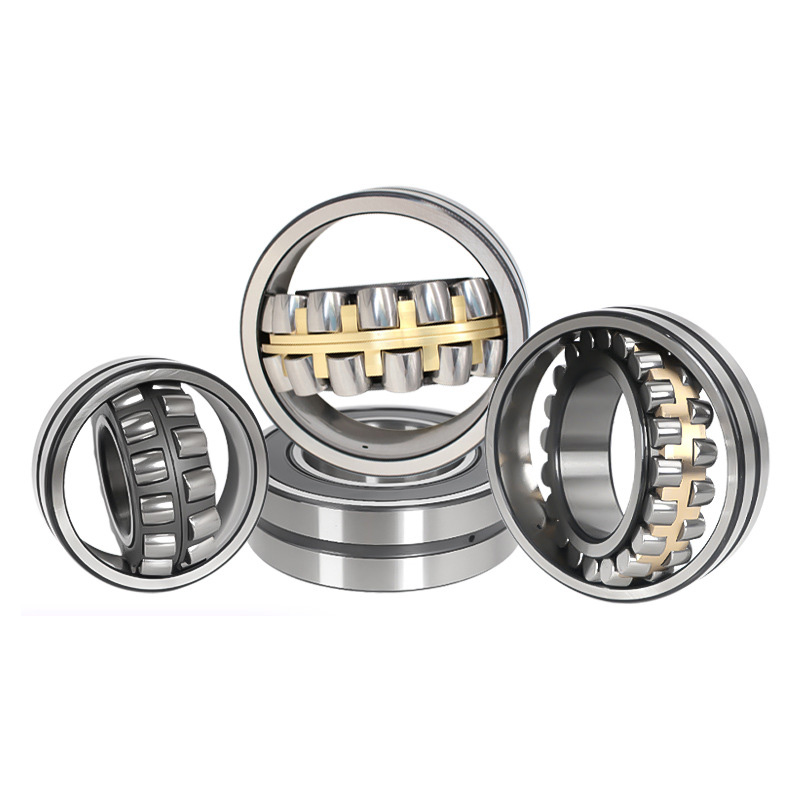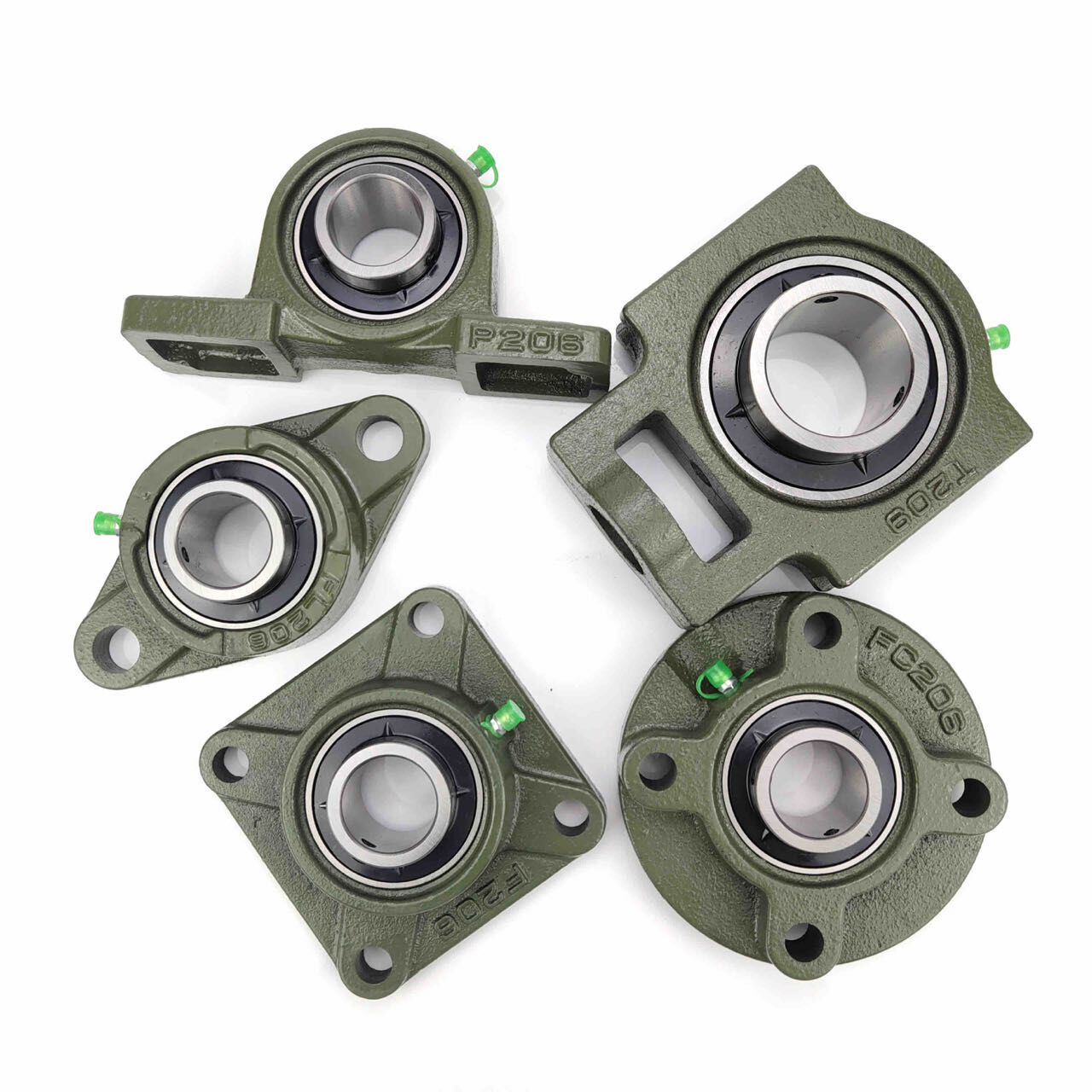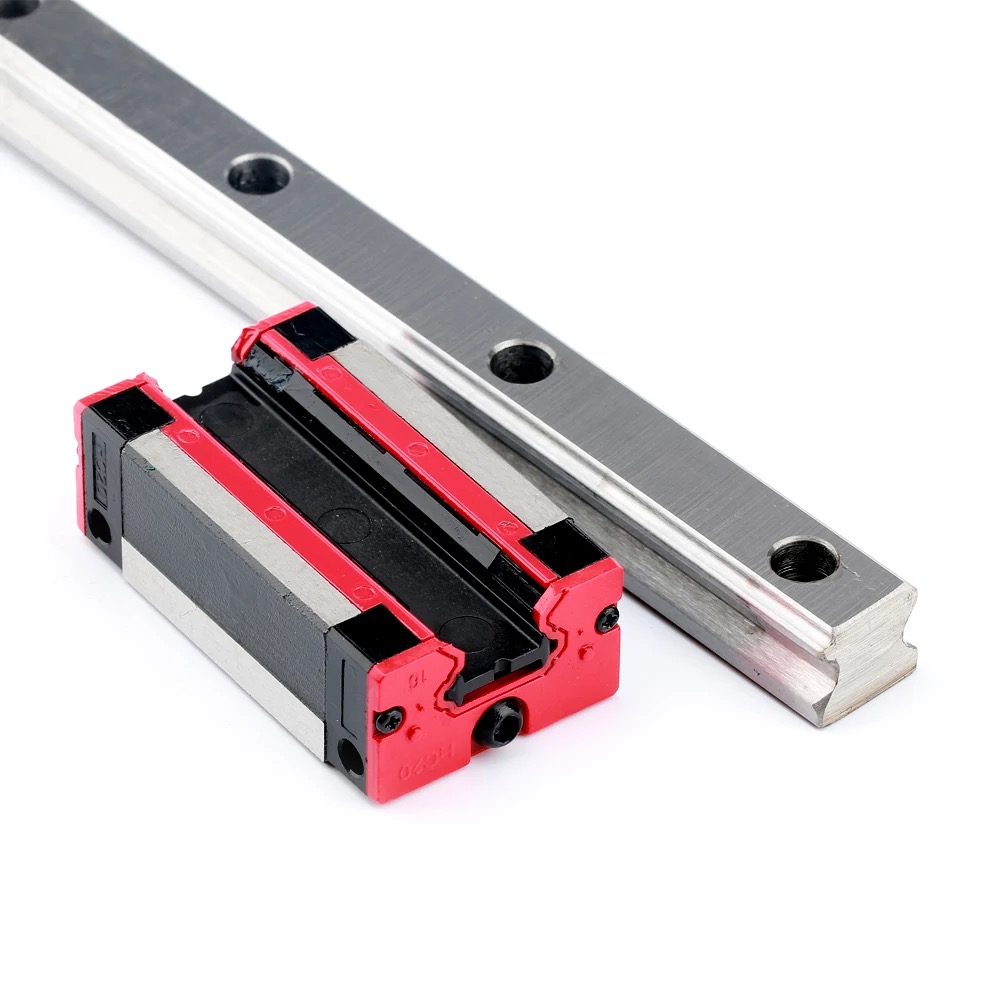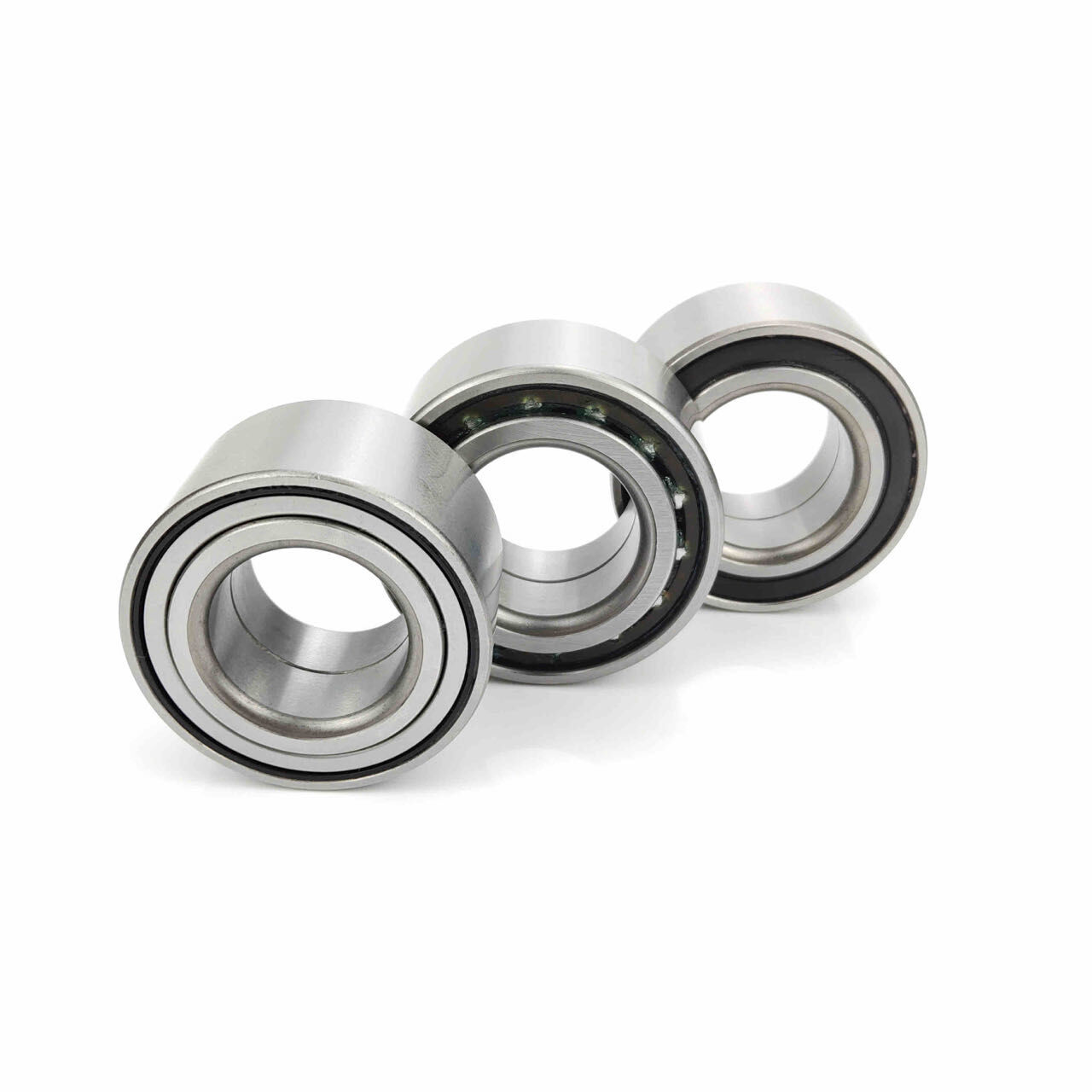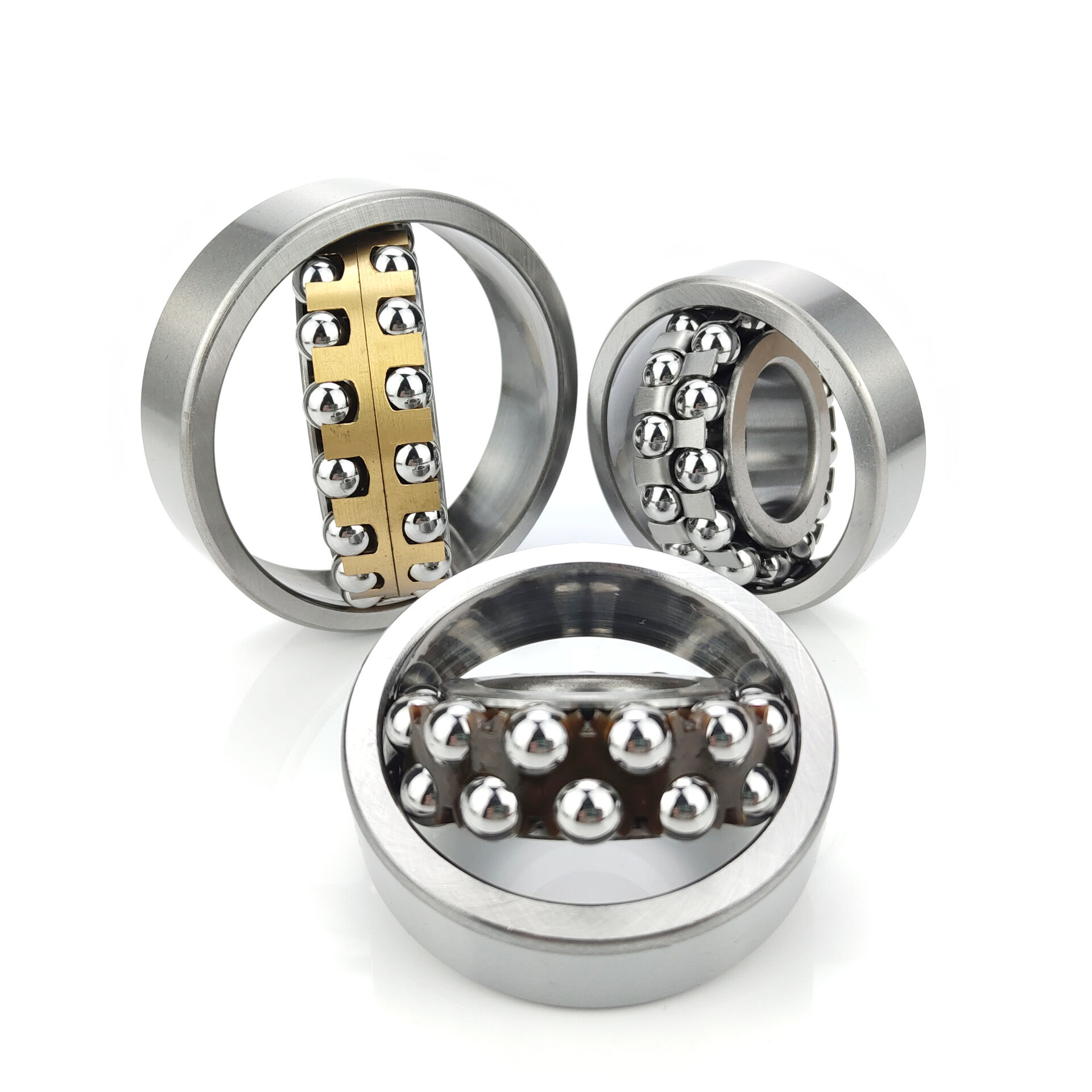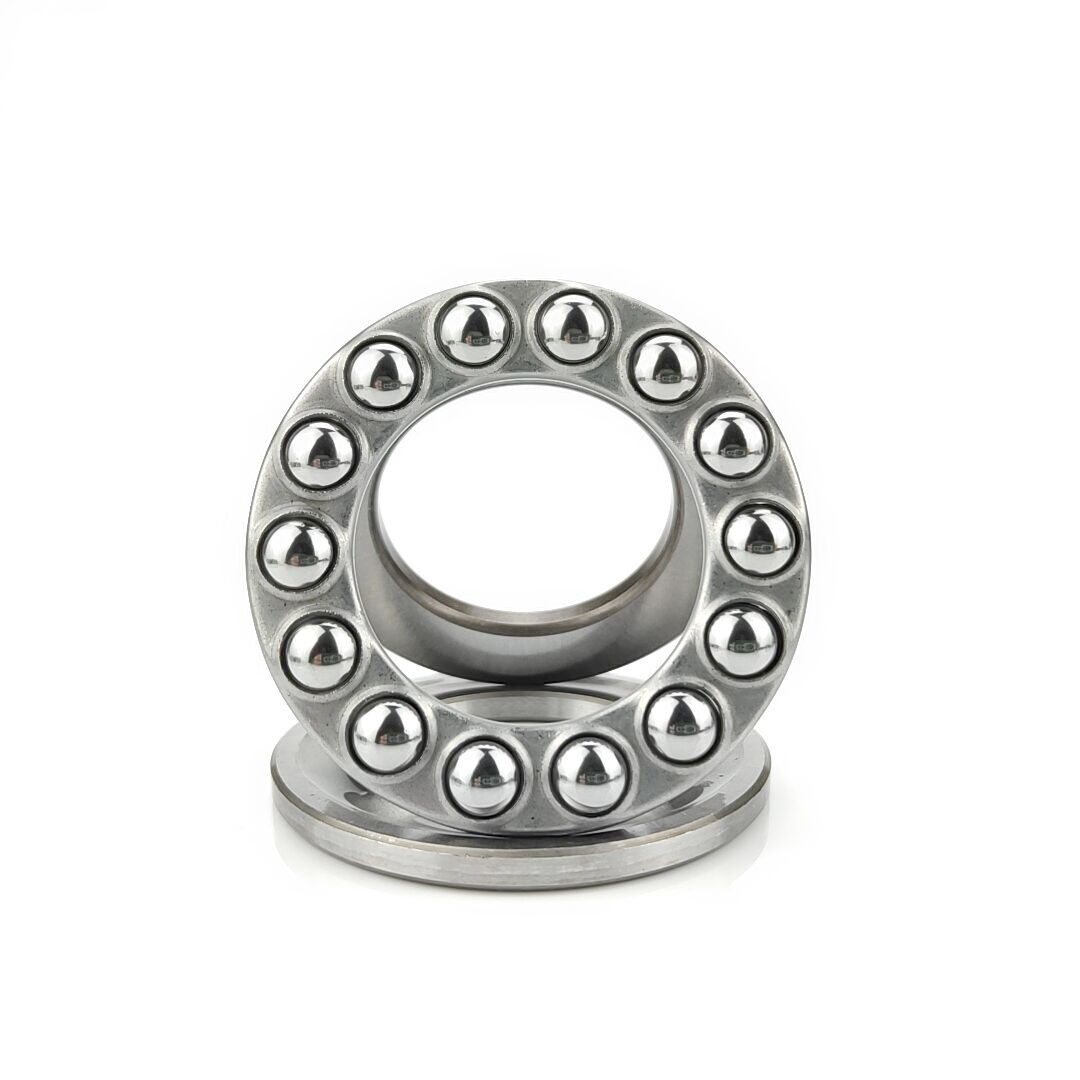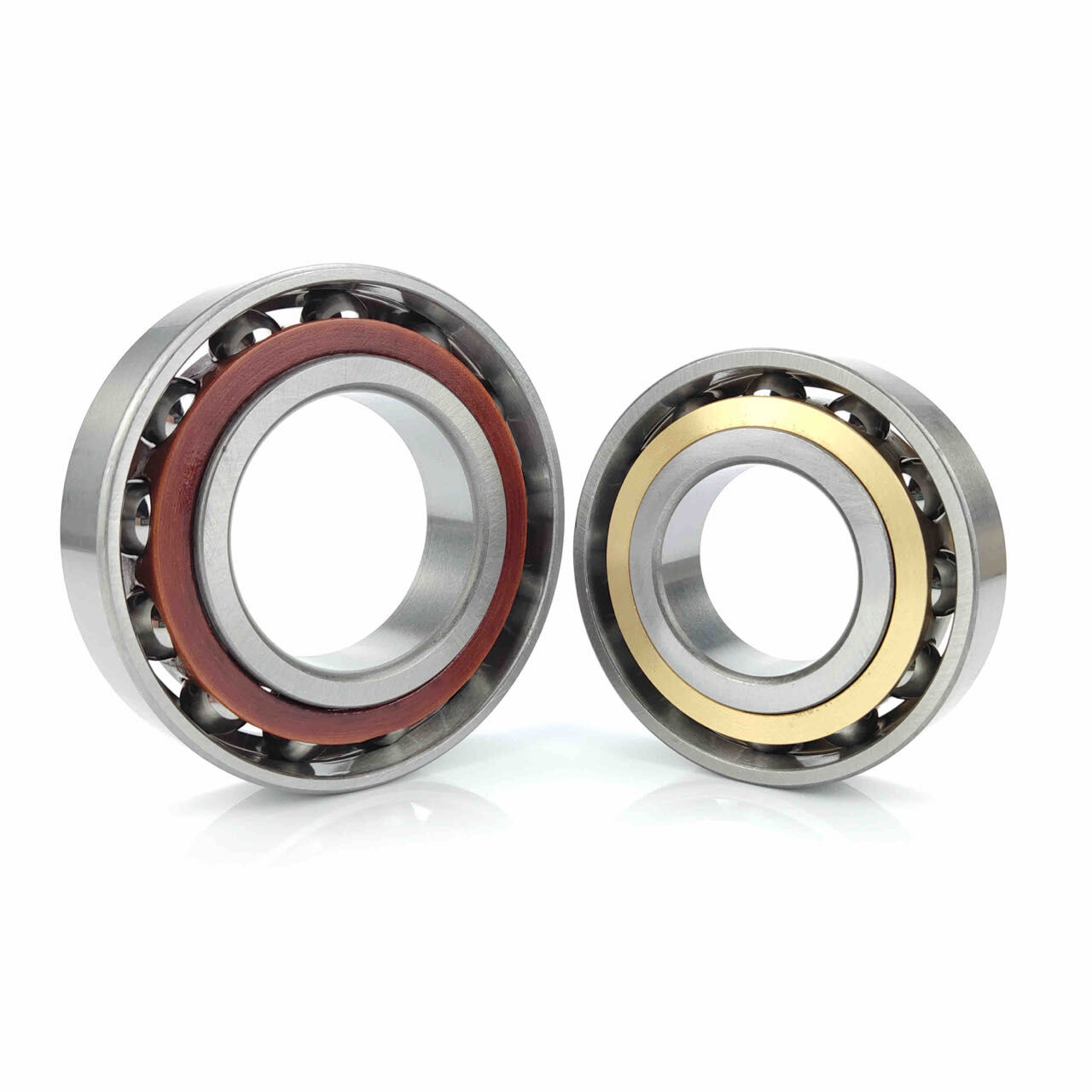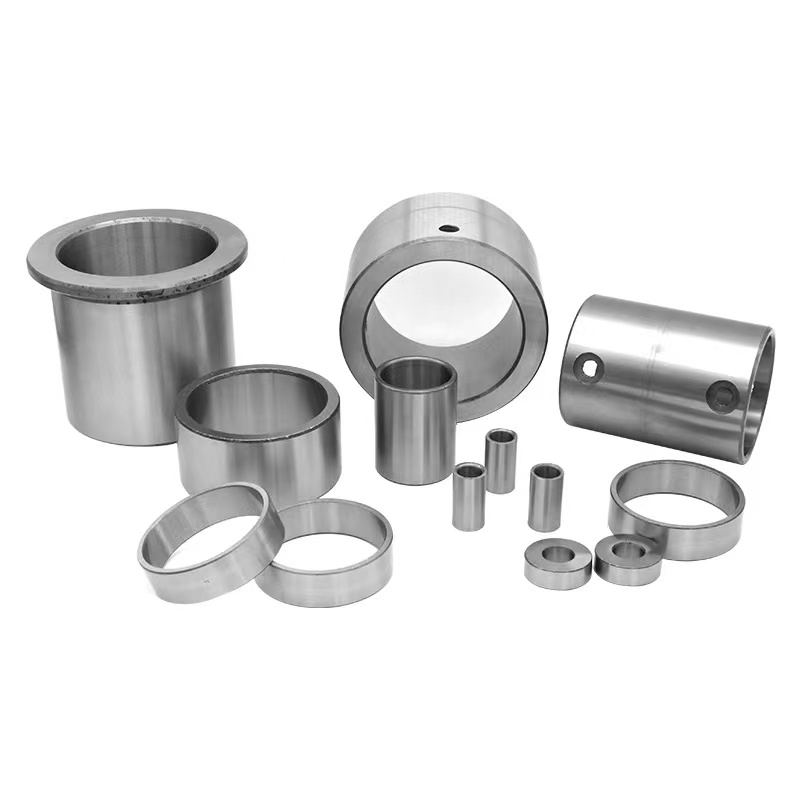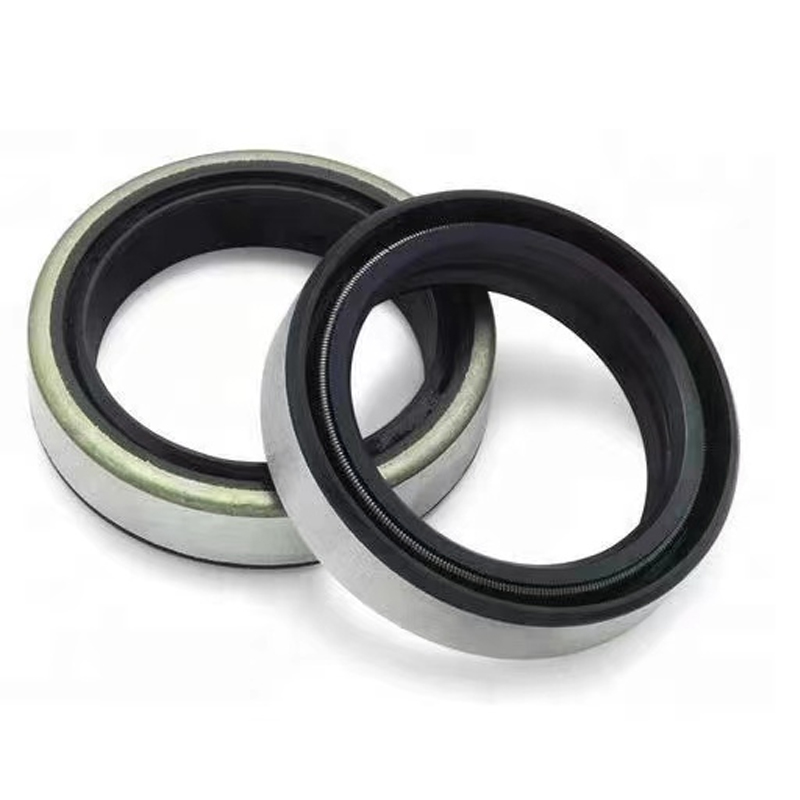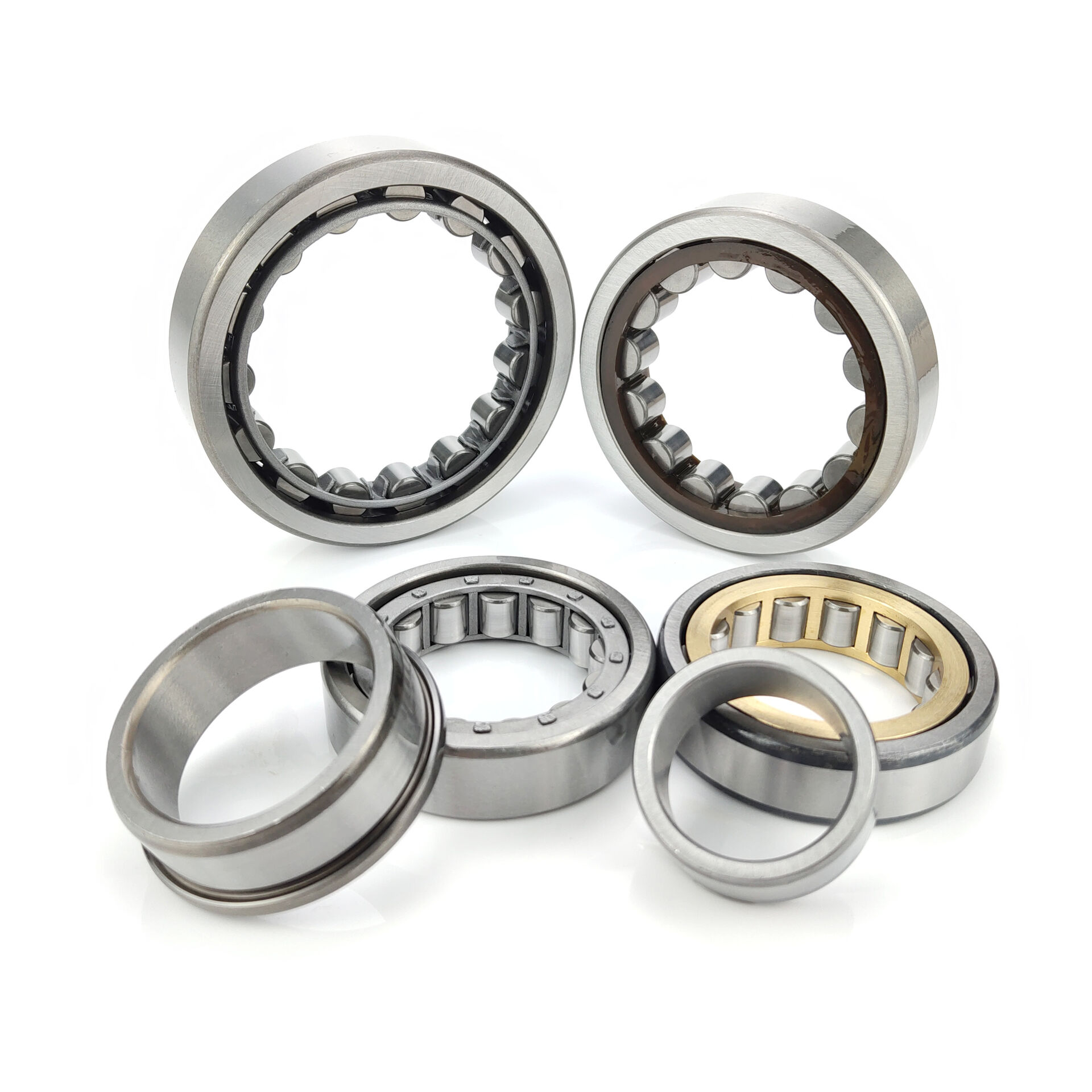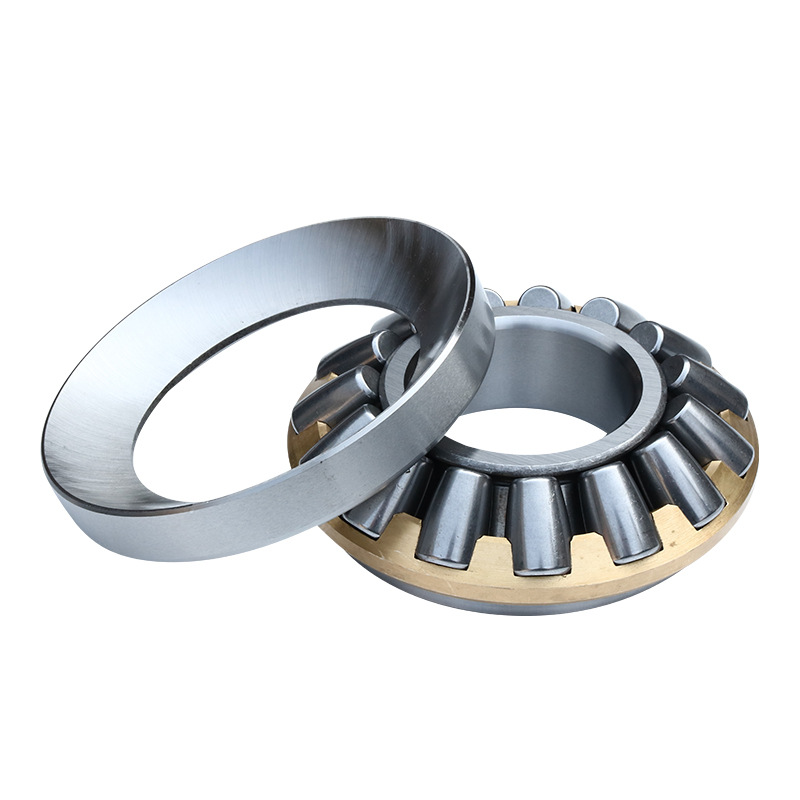Product Description
The conveyor belt, also known as the conveyor belt, is the transmission medium in the transmission belt system. The transmission belt system is a kind of transmission system. The system will include two or more pulleys with a transmission belt on it. The pulleys can rotate the transmission belt without limit. One or more of the pulleys are powered to travel the belt and carry the material being driven on the belt. The powered pulley will be called the drive pulley and the rest will be called the idler pulley. There are two occasions where belts are used industrially: in factories, for material handling where conveyed materials or objects are placed in boxes or pallets, and for conveying large quantities of materials or agricultural products (such as grain, salt, coal, ore, sand or Bulk handling of overlays, etc.).
Classification
There are seven types of V-belts: O, A, B, C, D, E, and F. The corresponding pulley groove angles are three types: 34°, 36°, and 38°. At the same time, it is specified that each type of V-belt corresponds to each type The minimum diameter of the small pulley at the groove angle is not specified for the large pulley. The groove angle of the pulley is divided into 32 degrees, 34 degrees, 36 degrees and 38 degrees. The specific selection should be based on the groove type and reference diameter of the pulley; the groove angle of the pulley is related to the diameter of the pulley, and the groove angle of different types of pulleys is different. The recommended pulley groove angles in the diameter range are as follows: O-type pulley is 34 degrees when the pulley diameter ranges from 50mm to 71mm; 36 degrees when it is 71mm to 90mm; When the diameter ranges from 71mm to 100mm, it is 34 degrees; when it is 100mm to 125mm, it is 36 degrees; when it is >125mm, it is 38 degrees; when the diameter range of the pulley is 125mm to 160mm, it is 34 degrees; when it is 160mm to 200mm, it is 36 degrees ,>200mm is 38 degrees; C-type pulley is 34 degrees when the pulley diameter ranges from 200mm to 250mm, 36 degrees when it is 250mm-315mm, and 38 degrees when it is >315mm; D-type pulleys have a pulley diameter range of 355mm 36 degrees for ~450mm, 38 degrees for >450mm; 36 degrees for E-type 500mm-630mm, 38 degrees for >630mm.
Message
Related Products
Chat Online



